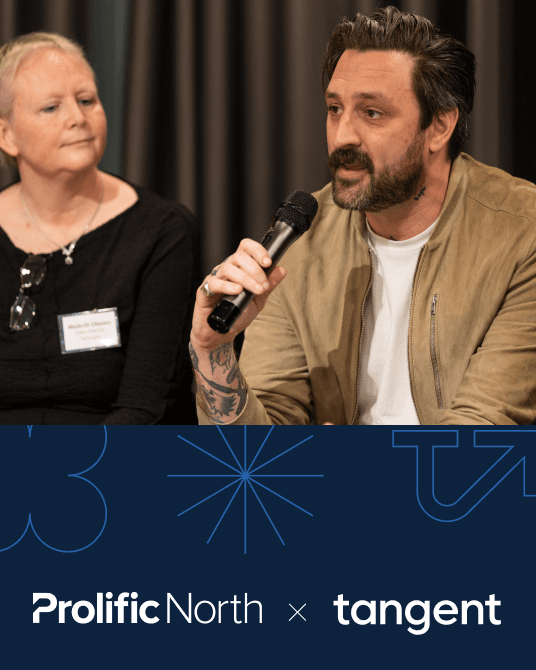
In the hype-saturated world of artificial intelligence, the phrase “race to owned AI IP” has become the rallying cry of many tech giants and startups alike. Everywhere you look, companies seem to be pouring time, money, and people resources into building the next big AI product, hoping to win big by staking a claim in the new digital frontier.
But what if the real opportunity doesn’t lie in winning that race?
From our front-row seat at the intersection of technology and business, we’re party to the rat race among both existing clients and contained within new briefs and RFPs. Among a select few, however, a different picture is emerging; one that's less about building splashy AI unicorns, and more about solving real-world problems with AI today.
Yes, there is a race to AI IP, but it’s only a fraction of what’s actually happening. This isn’t the moment for big companies to build big AI products. It’s the moment to implement AI smartly, practically, and strategically.
The illusion of “the Big AI Bet”
Big-name players like Adobe have integrated AI into their core products (Photoshop’s Generative Fill comes to mind), but it’s not clear these moves have translated into broad market dominance. Even high-flying AI startups like Perplexity, once heralded as the “next big thing,” are struggling to maintain momentum. Why? Because building a big AI product today is like constructing a skyscraper on shifting sands - the underlying tech evolves too quickly, and your product risks becoming obsolete before it finds product-market fit.
Instead of building “the next ChatGPT” or “the next Midjourney,” businesses should be asking: how can AI enhance the work we’re already doing?
A smarter way forward: lean AI implementation
The product pipeline for AI is backwards compared to traditional software development. In most industries, you start with a user problem and build a solution. But many AI products start with the technology—“look what we can do!”—and only later try to retrofit a use case.
That’s a recipe for fragility.
We’ve seen success with a leaner, more grounded approach: helping organisations identify real operational friction points, and then applying AI where it makes a measurable difference. It’s not about bloated moonshot projects, but more about bespoke tools that solve concrete problems. My colleague, James Scott-Flanagan, touched on this in an earlier article around quick wins in AI.
Think of it as the early web all over again. In the beginning, every website was bespoke. Over time, we identified commonalities and created CMS platforms like WordPress. It’s my opinion that we’re in that “early web” phase with AI, except this time, the potential business use cases are exponentially broader.
Growing the pie (not fighting over a slice)
Rather than racing to standardise the narrow slice of current AI use cases (chatbots, image generation, AI companions, the list goes on…), the bigger win arguably lies in uncovering entirely new, untapped opportunities. The question isn’t “how can we own AI IP?” but “how can we grow the pie of what’s possible with AI right now?”
Here’s a few routes you could consider exploring if you haven’t already:
-
Uncovering inefficiencies in enterprise workflows
-
Reimagining decision-making processes with AI-enhanced insights
-
Automating low-value repetitive tasks that drain time and creativity
-
Building modular, swappable AI integrations that evolve with the tech landscape
It may not be as sexy, but it’s smart and a can be a launchpad for bigger bets down the line. And, most importantly, it’s the kind of approach that actually drives ROI.
Breaking through organisational inertia
One of the biggest blockers to AI innovation? Ironically, it’s often the internal systems meant to enable it.
AI isn’t deterministic software - it’s probabilistic, ever-evolving, and often unpredictable. Legacy software architecture and procurement models don’t fit. Organisations need new mindsets, new governance models, and new engineering practices built for this indeterminism.
In short: to embrace AI, companies must be willing to embrace ambiguity, test-and-learn cultures, and incremental innovation.
What comes next?
As we look to the next few weeks, months and years, chasing the next viral AI product could be worth your while. Or it could be written off by any number of factors before it hits the market and, most crucially, after you’ve invested.
If you're a business leader tired of chasing the hype and hungry for something more grounded, remember: it doesn’t have to be about racing to AI IP when it can be about racing to relevance.
Ready to explore AI
Discover our fast track 3-day Impact Workshops






